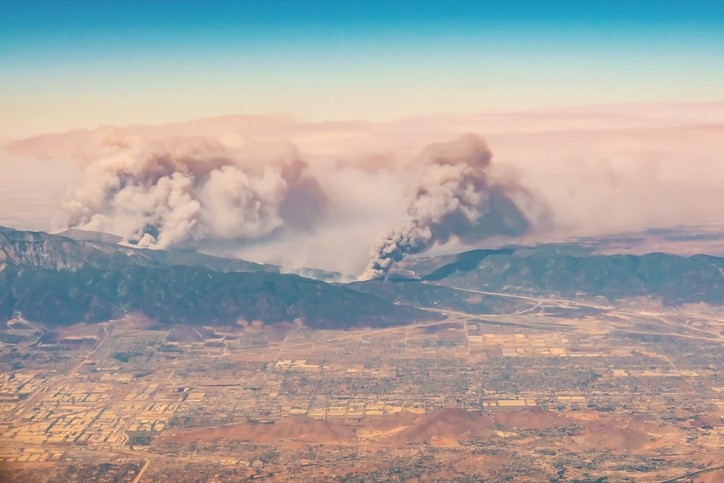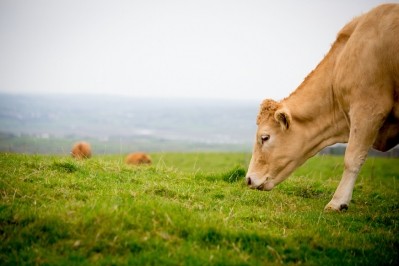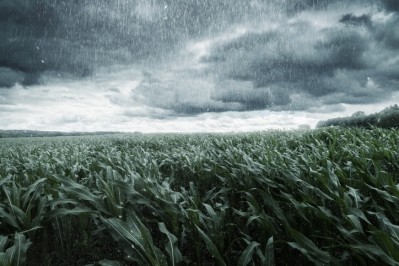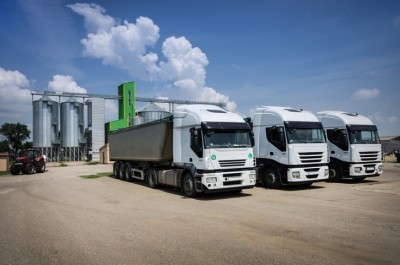US wildfires bring feed loss, displaced cattle for producers

The ongoing series of wildfires in California, especially the Mendocino Complex fire in the northern part of the state, have destroyed pasture and increased feed and hay needs for cattle producers. That fire, which started in July, has covered about 356,000 acres and remains not completely contained.
Agricultural producers in several industries have seen damage from the fires, and the full extent is not yet known as several of the state’s fires continue, said Dave Kranz, communications manager with the California Farm Bureau Federation. “There are some areas like the Mendocino complex fires where … we understand there has been some damage but it doesn’t appear to be a large number of acres and in fact – we saw this with the fires in the Napa and Sonoma – those irrigated vineyards and orchards can act as a fire break,” he added.
“But there has been a lot of rangeland that has been affected where farmers would turn out livestock on private or public rangeland,” he told FeedNavigator. “We’re aware of some of the damage to crops like vineyards and orchards and so far we think most is going to be on rangeland.”
In areas where grazing areas have been burned, cattle producers will need to find alternative grazing areas or may turn to supplements of hay and feed, he said. There also may be a loss of animals, including cattle, but it is too early to know how many.
“In the Mendocino complex there were some animals that were moved either by truck or moved to other areas because the ranchers had enough notice to do that,” he said. “But, in some cases, they weren’t able to find those animals in time – [producers] would have to hope they could find a safe area – but we don’t know the scale.”
Feed loss and rebuilding
Once a fire is contained or extinguished the rebuilding process is not a quick one, said Katie Delbar, cattle producer and USDA Farm Service Agency county executive director for Mendocino, Lake, Humboldt and Del Norte counties in California.
“It takes a lot of time and work and resources – it can be overwhelming at times,” she told us. “We have seen some people knock it out in a year and some in two or three years and some that haven’t been successful at all.”
The Farm Service Agency is able to help in rebuilding efforts, she said. Currently, the group is working on delivering feed or hay donations to producers in need.
Additionally, the California Cattlemen’s Association has collected information for producers needing support recovering from the fires.
Delbar said her family’s ranch saw about 5,000 acres burn in the ongoing Mendocino Complex fire. Although they were able to move some of the herd about 44 cows are still missing.
The ability to move cattle out of the area near a wildfire can depend on how quickly the fire is moving, and if it travels along the predicted path, she said.
Pastures often return well the year after a fire, she said. But, it can be an effort to have the area repaired for cattle as fencing has to be replaced and there can be difficulties finding places to house cattle during the rebuilding process.
“There is feed that comes back, but you’ve got to leave some and if you have [grazing] allotments and [US] Forest Service [allotted grazing space] they won’t let you in the next year,” she said. “And they may reduce your numbers depending on how they manage it.”
Fires that come later in the year bring an additional challenge because producers may struggle to find quality feed as they would have already purchased hay, said Delbar. “The later it happens, the harder it is to get good feed for your animals.”










